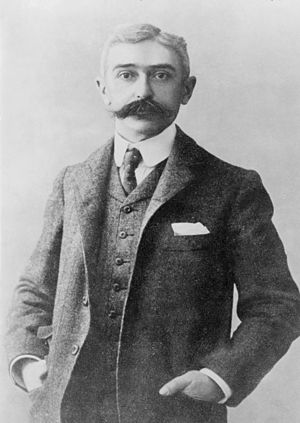A Library of Olympic Proportions

Baron Pierre de Coubertin, half-length portrait, standing, facing front (Photo credit: Wikipedia)
In the later years of his life, Coubertin would go on to lay the framework for the institution he envisioned. The International Olympic Committee (IOC) Olympic Study Centre in Geneva Switzerland was the culmination of that work. It has subsequently gone on to include one of the world's finest research libraries dedicated to sport.
The modern Olympic Games have always been linked to print in the form of posters, pamphlets, and official game reports. When asked what they considered to be their finest work on paper, the IOC library says their complete collection of Game reports, especially from early 1896 to 1936, is among their most treasured possessions. Although the library has a prodigious amount of material about the modern Olympic Games, it also boasts a collection of antiquarian texts such as Girolamo Mercuriale's famous 1577 work on diet and exercise, De Arte Gymnastica.

Currently, the IOC Olympic Studies Centre Library is undergoing renovations to ensure the long term care of its collections. While that is underway, a digitalization project is being undertaken to provide exactly what Coubertin wanted--the preservation and progress of the Olympic Games.
















